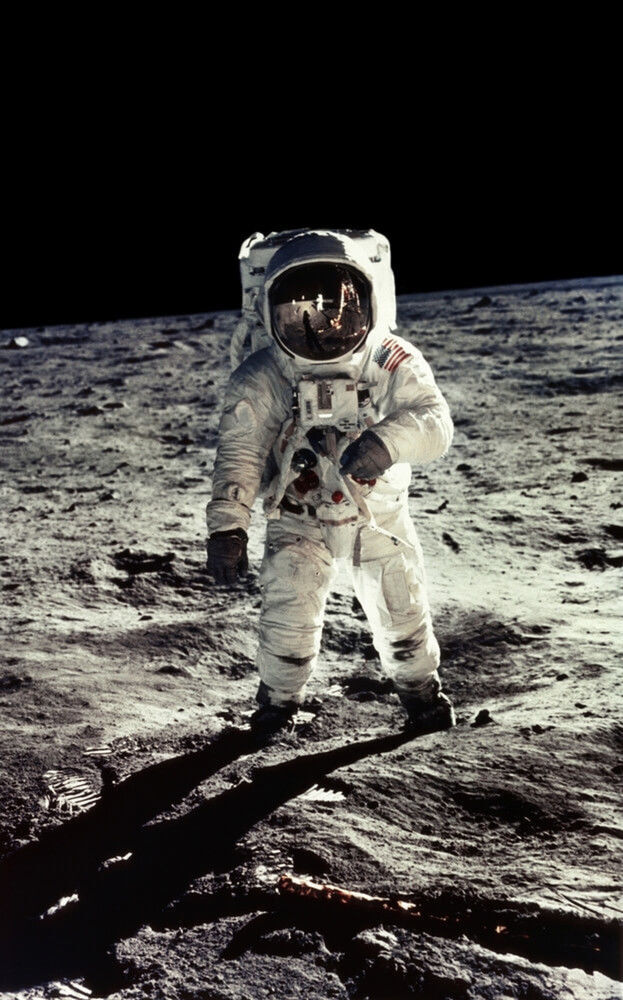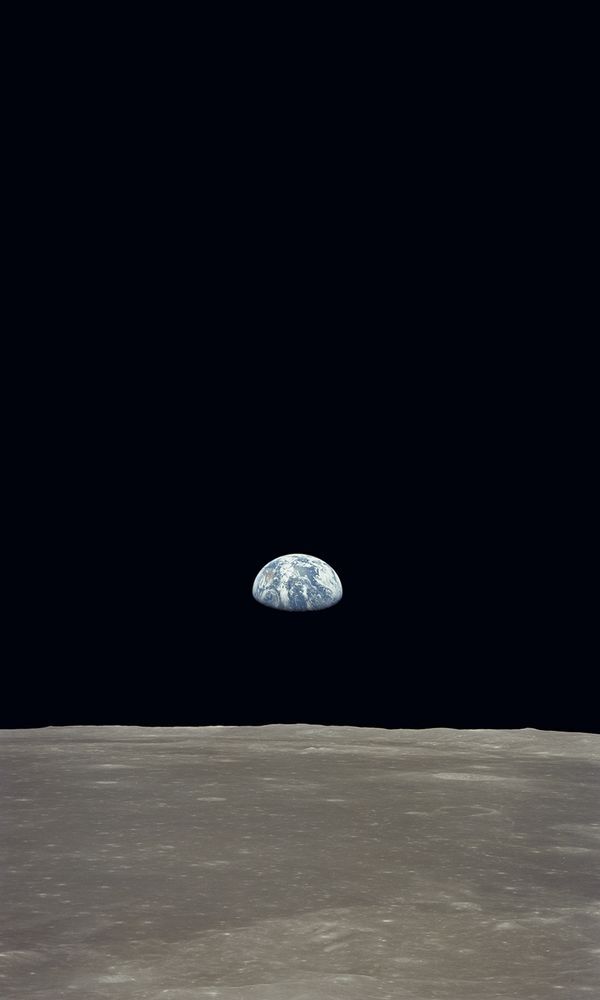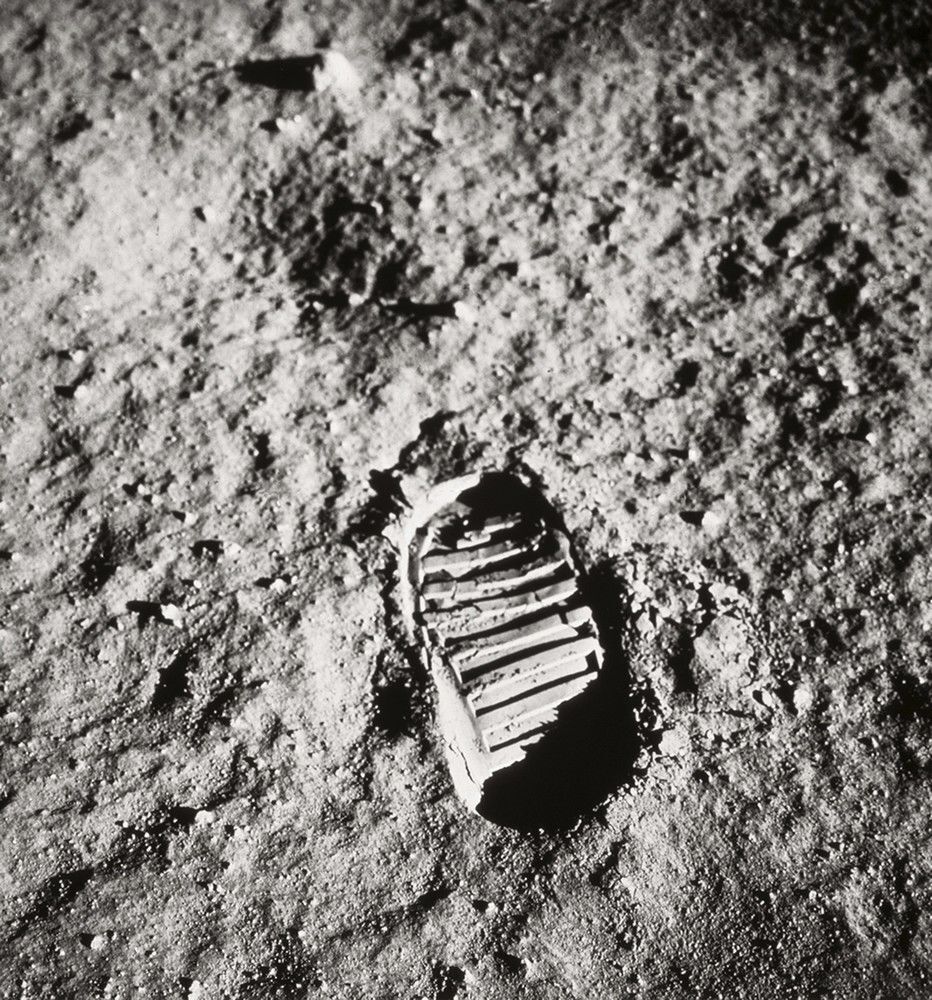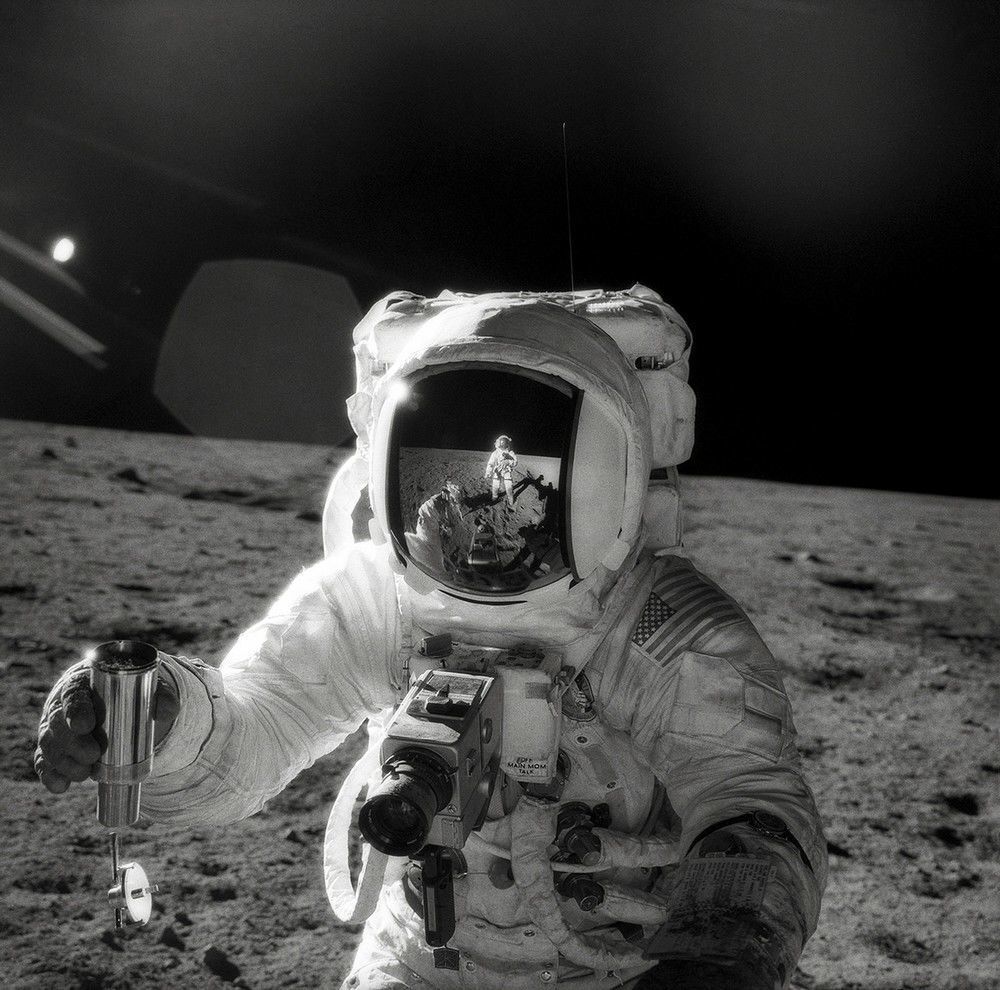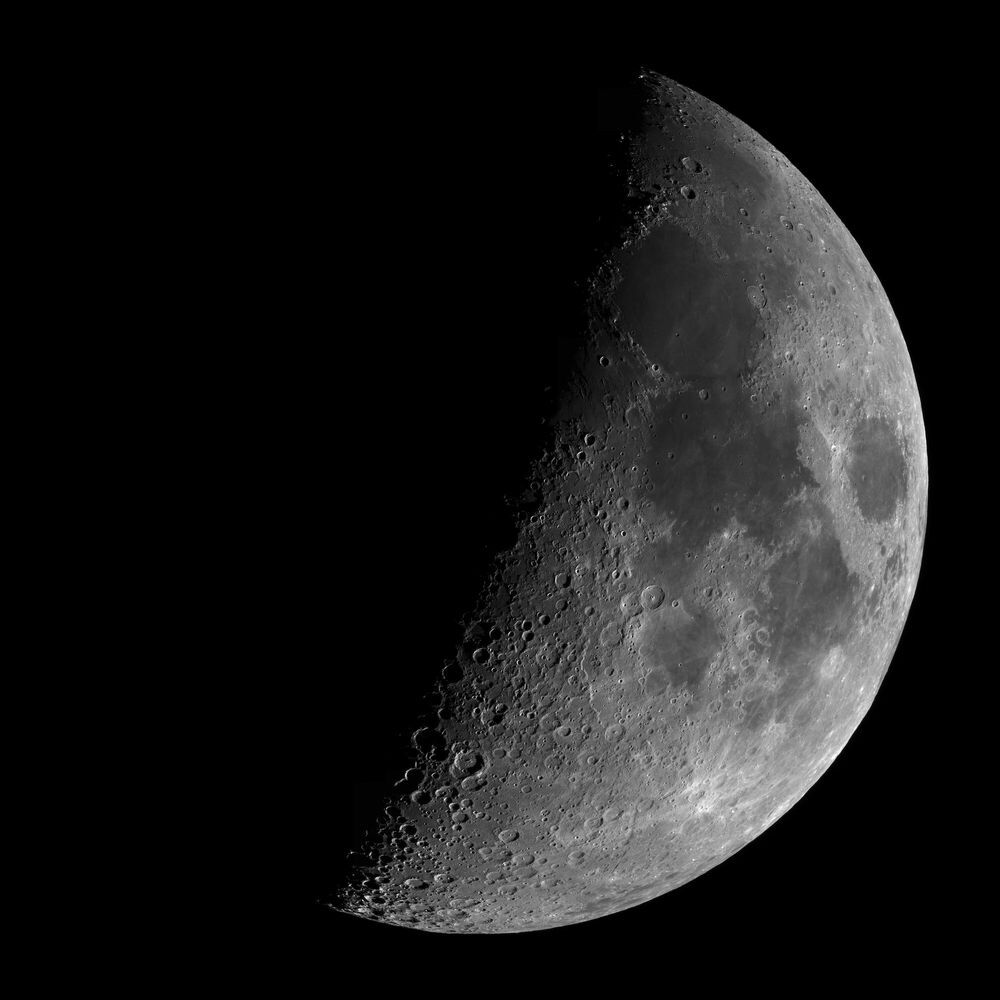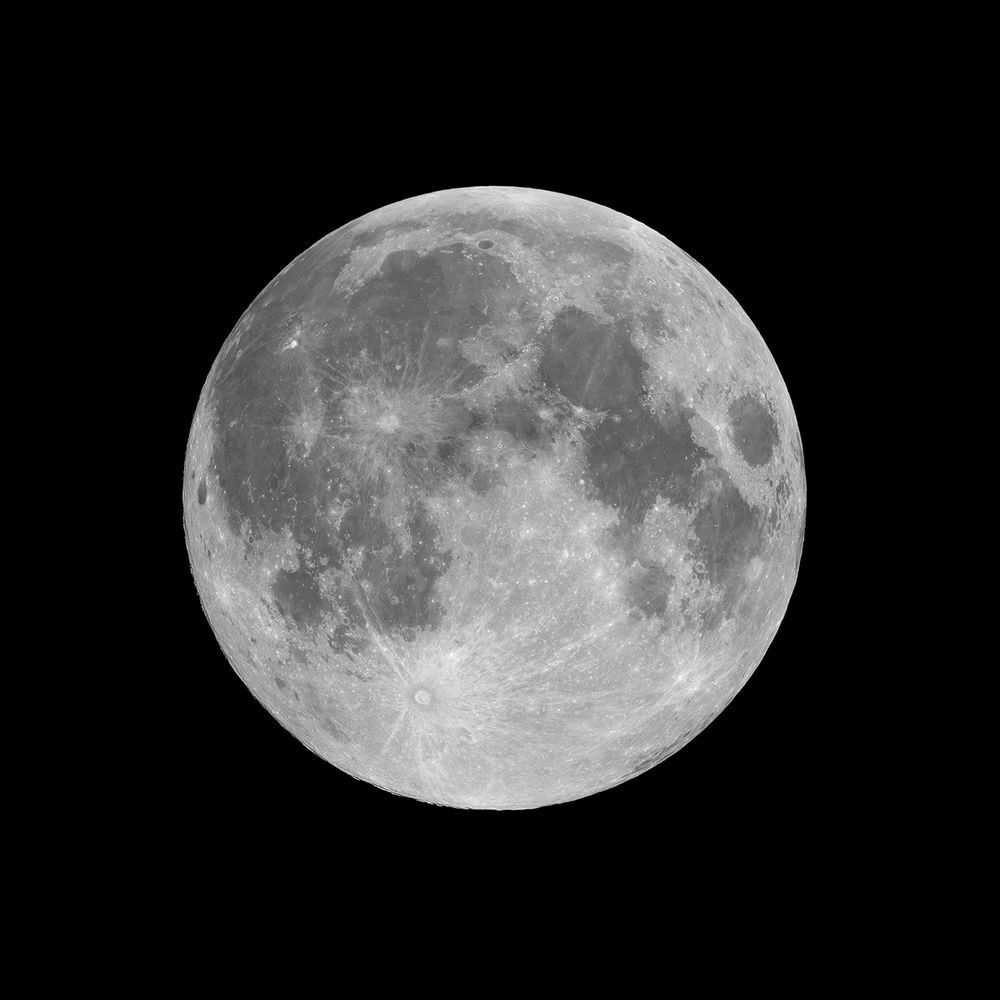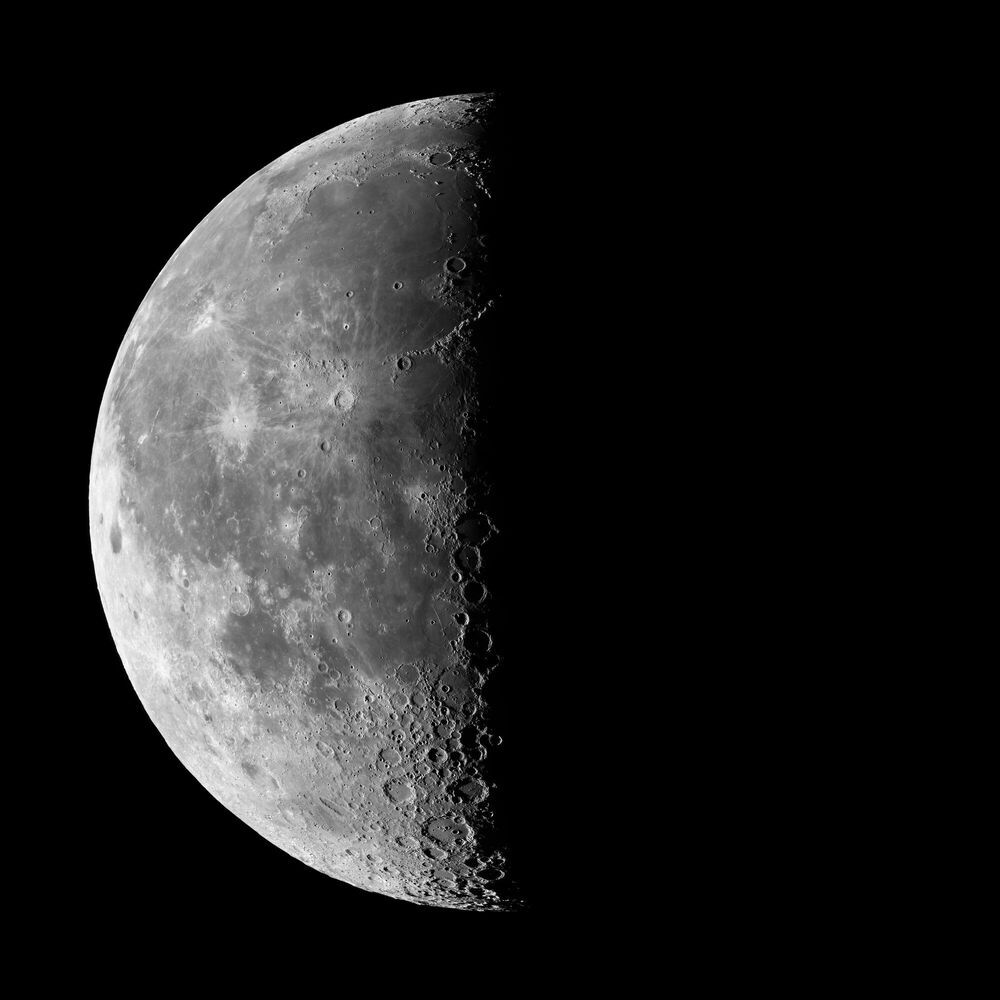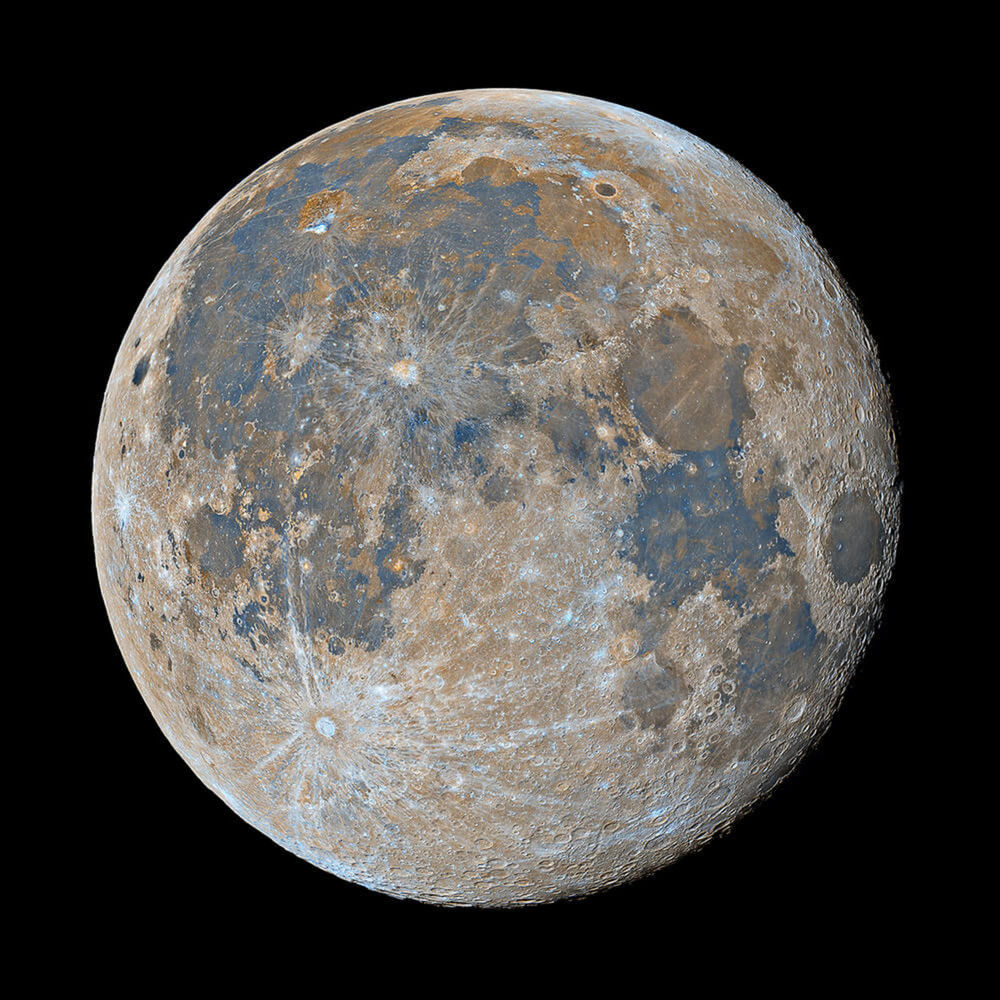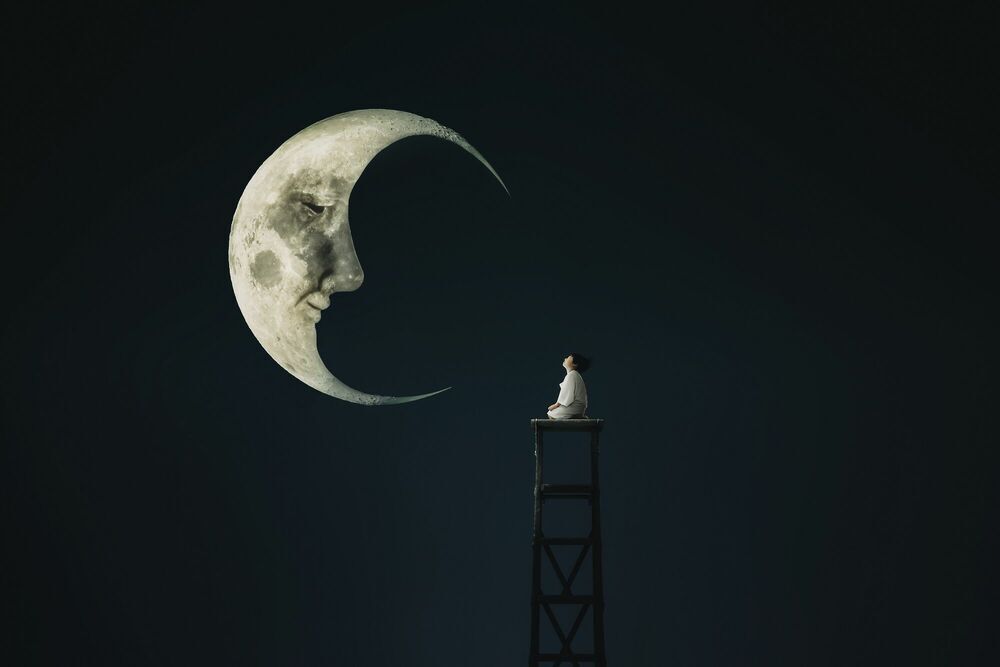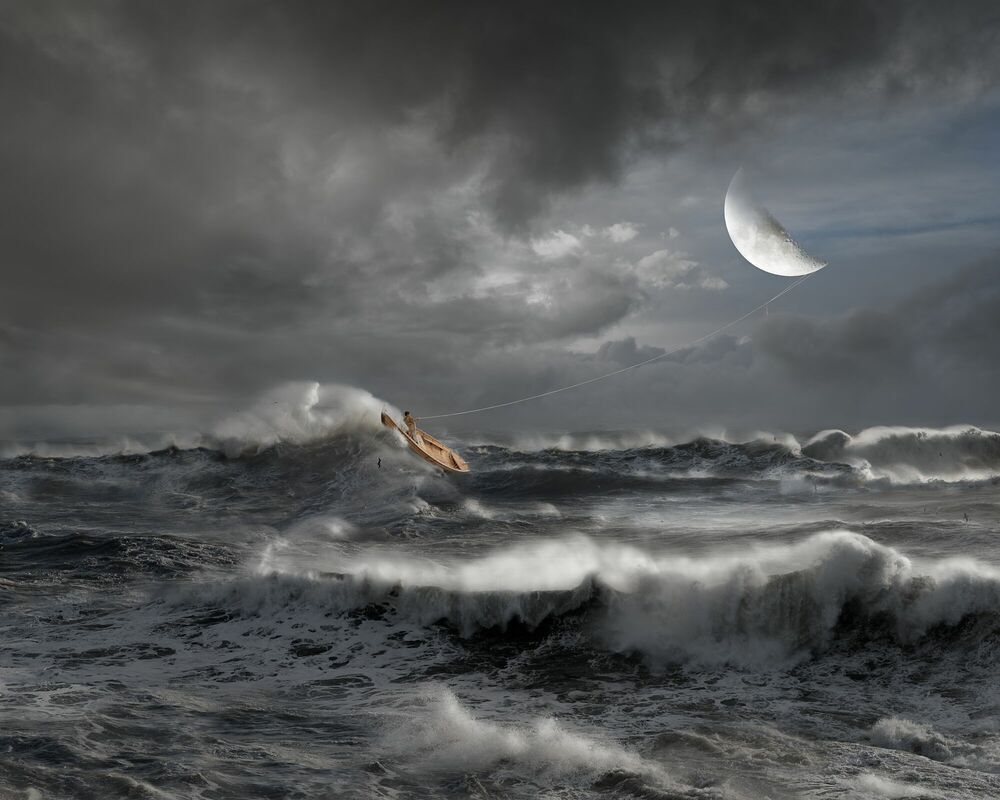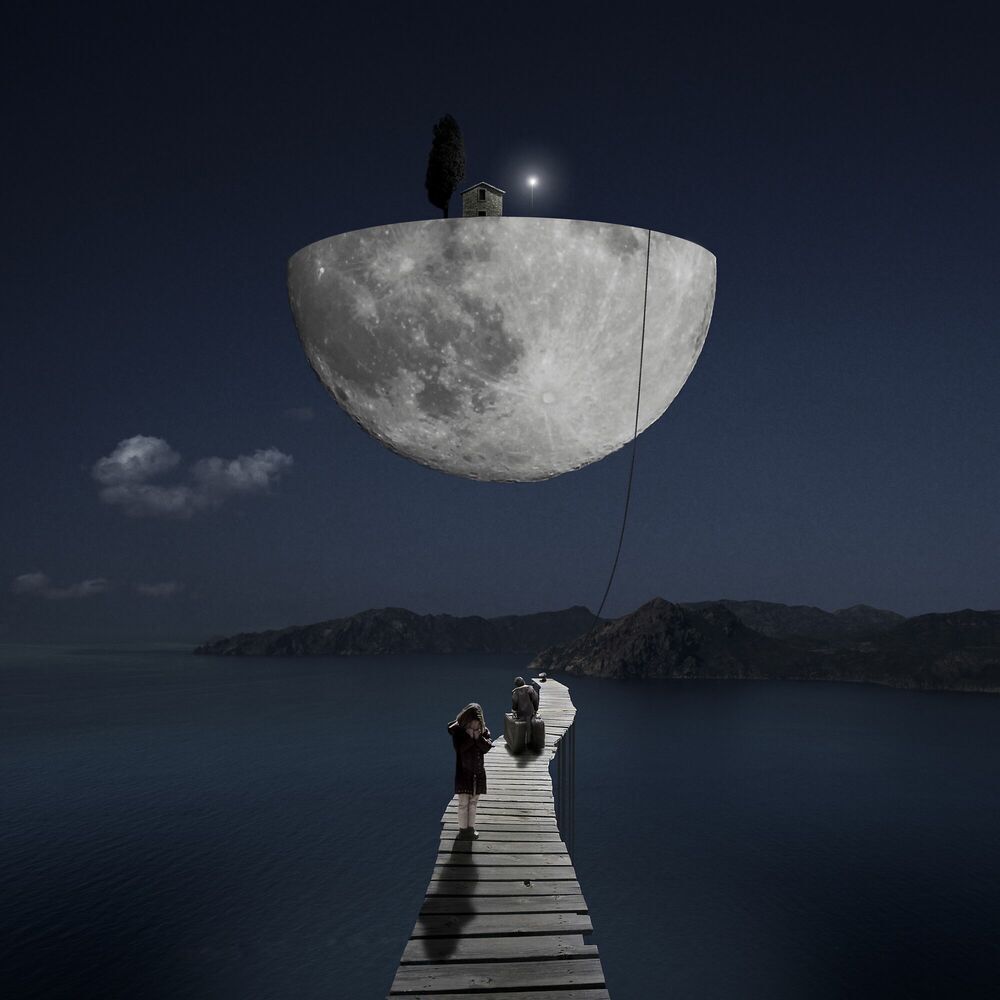FROM EARTH TO MOON
Between dream and creation, exploration and discovery, the moon has always fascinated poets and scientists. Whether to photograph its constant changes or to derive poetic imagery from it, many YellowKorner artists have allowed themselves to be seduced by the mysterious beauty of this star satellite of the night’s sky. Discover photographs of the moon, available at your local gallery and on YellowKorner.com in numbered limited edition.
IN CONQUEST OF THE STARS
While spatial conquest unleashes passions, it is also the source of many historic photographs that are now legendary. Rediscover the most emblematic photographs of space missions presented at YellowKorner.
Over het werk
Over het werk
THE HIDDEN SIDE OF THE MOON
Immortalising lunar variations: this was the challenge set by Christian Arsidi, Jean-Marc Lecleire, and Mario Weigand. Whether waxing or waning, the moon in its silvery costume is photographed in all of its many forms.
To human eyes, the Moon is colourless. Using painstaking data processing, it is possible to show the differences in colouration. To produce this photograph, taken in 2011, Bartosz Wojczynski captured 32,000 images using a telescope optimised for lunar imagery. The terrestrial atmosphere not being a stable optical medium, slight distortions appear. These are then piled up and accentuated on a computer using advanced image processing algorithms. Adding special scientific filters to the process, Bartosz Wojczynski reveals slight differences in composition that correspond to various types of matter on the lunar surface. 98% Waning Gibbous Moon was taken from the balcony of his apartment in a densely populated urban zone in southern Poland. The Moon and planets are among the most luminous objects in the sky and can easily be photographed, even in environments that experience significant light pollution. With modern equipment available to everyone it is now possible to create images that were impossible to take twenty years ago except by professional observatories.
DREAMING OF THE MOON
An infinite source of poetic inspiration, the moon endlessly inspires artists with creative spirit. Mina Mimbu and Alastair Magnaldo pay homage to the star of the night, devising magical, poetic landscapes paysagesphotographs, full of benevolent dreams, are wonderful invitations to travel in which each detail has its own meaning, each element its purpose, and each scene its story to tell.
The reproduction of the landscape is the source of his work. In effect, the photographic representation of landscapes although excellently executed by many authors has limits: a landscape goes well beyond its strict representation, it is an invitation. For Alastair Magnaldo it is an invitation to dreams and poetry, where each detail has its own sense, each element its use, each scene its story to tell.Who has never dreamt of sleeping in cotton-wool clouds, to twirl amongst the stars and to rub shoulders with the moon? These are childish, simple emotions, inevitably constrained in some place by a traditional photographic reduction that he wanted to bring out in all simplicity.
